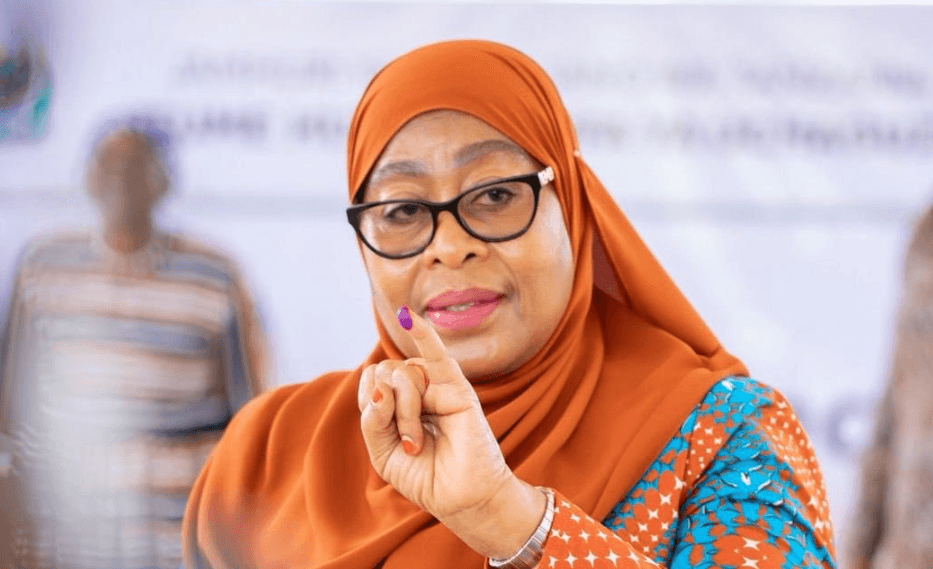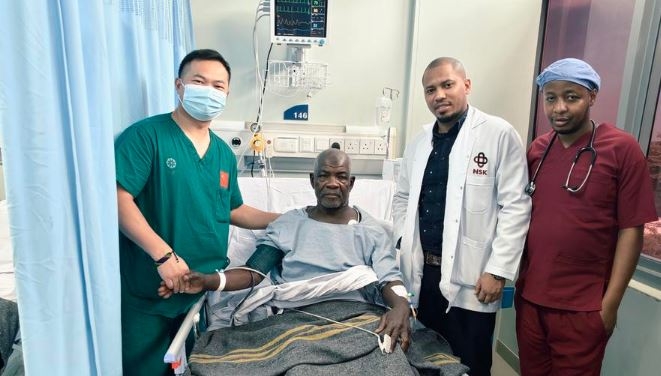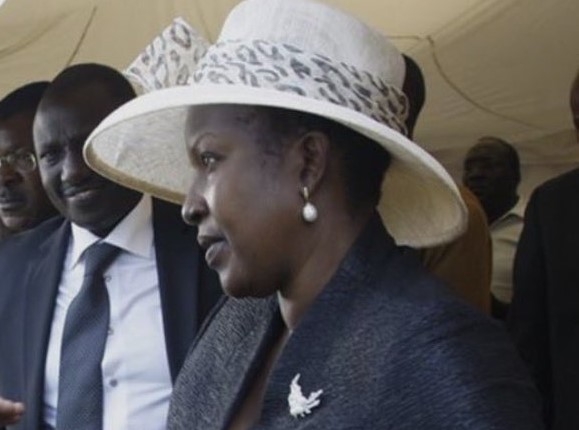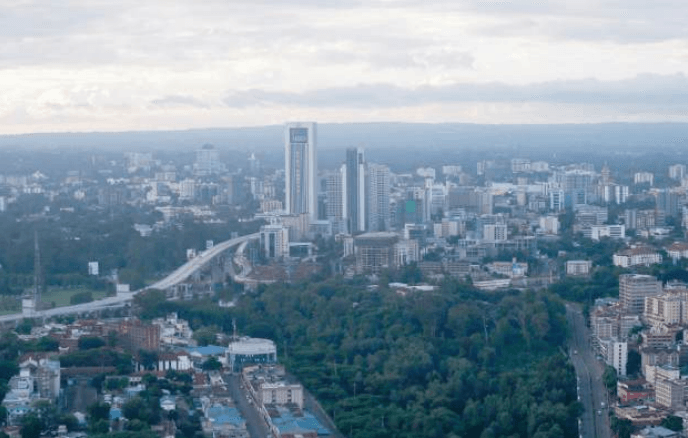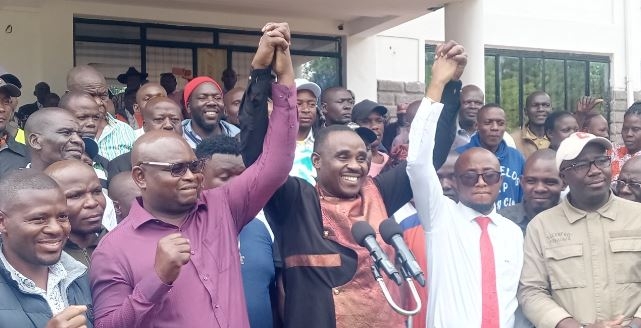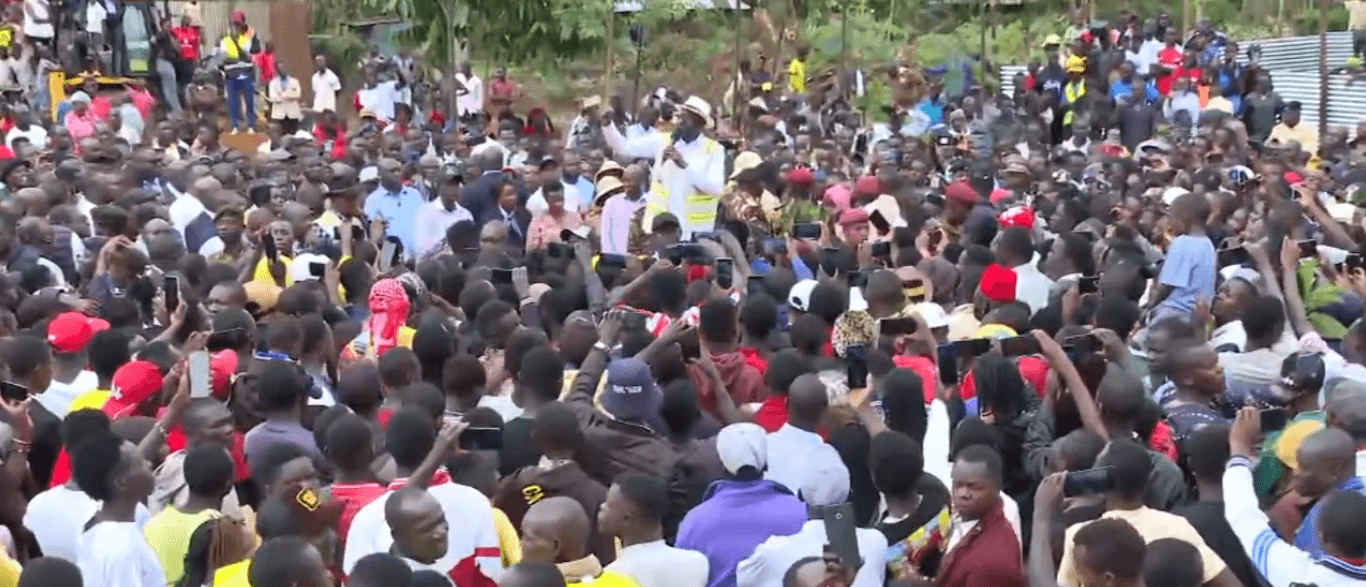A few months ago, Florence Ngoisa, 55, a resident of Enyuata within Kajiado county, would trek eight kilometres everyday to fetch water.
The mother of four would dodge wild animals from Nasaru Olosho Conservancy with her donkey.
“I used to wake up at 5 am everyday, prepare my children for school, before starting the long tedious journey,” Ngoisa said.
The donkey would carry four 20-litre jerrycans in each trip that lasted hours.
“Some of the water would not make it home because the donkey would get tired along the way and pour it out,” she said.
Water here, just like other parts of arid and semi-arid areas, is a rare commodity.
Ngoisa would use one 20-litre-jerrycan to cook and the other three to wash clothes.
Every pupil at Enyuata Olparakuo Primary School Enyuata area previously had to carry five litres of water to school everyday day.
The water was used to make porridge and githeri for teachers and pupils.
Headteacher Richards Kipton said parents missed school meetings to fetch water.
“I was shocked as only five parents would turn up,” he said.
Though Kipton was not amused by the low turnout, he understood that water in the area was a problem.
All this was until a solar-powered borehole was installed at the school early this year.
The headteacher says the project has changed the community's fortunes.
It has also handed learners a new lease of life because they no longer carry water to school.
He says the community no longer treks for water and can spare time for school engagements.
“The school has a 10,000-liter tank and we do not pay anything to access the water,” Kipton says.
Enrolment has also improved, raising the number of learners to 70.
“Learners can now have porridge at 10 a m and still have lunch without having to carry water to school every morning. Parents also have ample time to attend meetings in school to discuss the school's progress,” he says.
The school is planning to put up a fence to ward off elephants that might destroy the newly installed water facility.
Kipton cited a recent incident where jumbos walked into the school compound.
The school also has plans to plant crops and grow trees on some part of its land.
Before the borehole was dug, adults in the community spent most of their time looking for pasture and water.
The borehole project was powered by the Michael Otto Foundation at the cost of Sh5 million and was implemented by the World Wide Fund for Nature Kenya.
To ensure sustainability, the community pays Sh20 for every donkey that carries a 20-litre jerrycan to a pay bill number.
Water Committee member Ruth Taiyana said a cow is charged Sh40 and a goat Sh15.
The water committee has five men and three women.
The borehole is part of an initiative by Nasaru Olosho Community Conservancy’s to ensure communities benefit from conservation initiatives.
CEO Jacob Nkananai said the conservancy has four blocks with 652 registered members who are also landowners.
Nkananai said many boreholes have been drilled within the expansive community conservancy as part of improving the welfare of communities.




